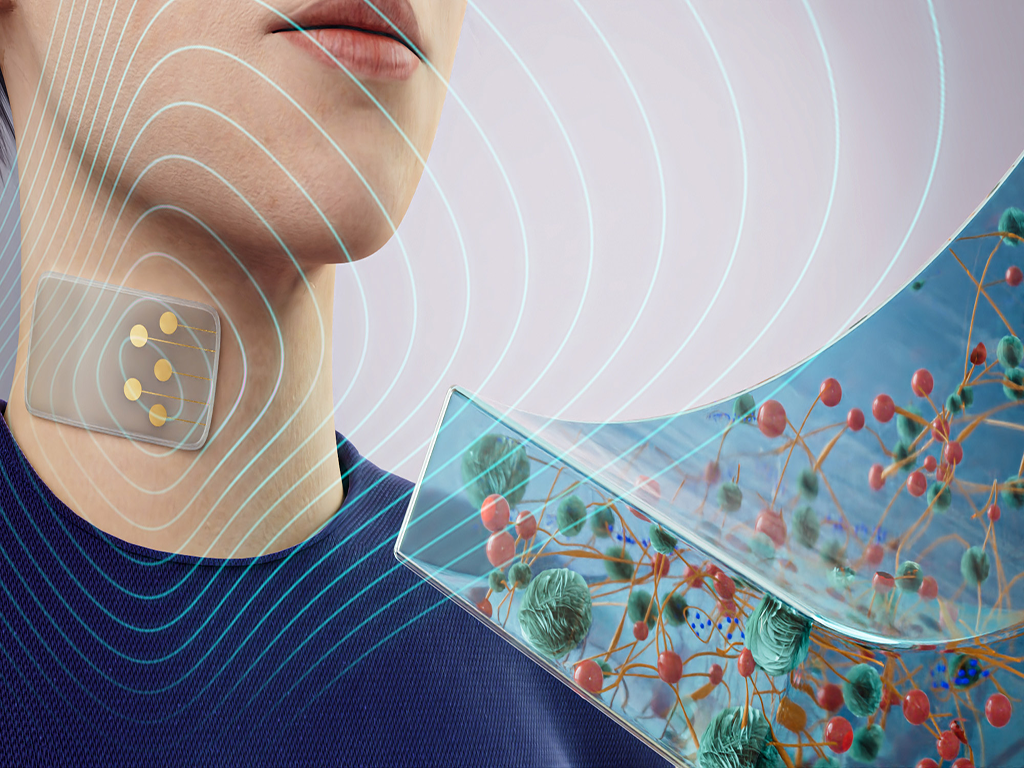Nanoengineered hydrogels used to develop 3D-printed electronic skin

INMYWORK Studio/inmywork.com
With more than 1,000 nerve endings, human skin is the brain’s largest sensory connection to the outside world, providing a wealth of feedback through touch, temperature and pressure. While these complex features make skin a vital organ, they also make it a challenge to replicate.
By utilizing nanoengineered hydrogels that exhibit tunable electronic and thermal biosensing capabilities, researchers at Texas A&M University have developed a 3D-printed electronic skin (E-skin) that can flex, stretch and sense like human skin.
“The ability to replicate the sense of touch and integrate it into various technologies opens up new possibilities for human-machine interaction and advanced sensory experiences,” said Dr. Akhilesh Gaharwar, professor and director of research for the Department of Biomedical Engineering. “It can potentially revolutionize industries and improve the quality of life for individuals with disabilities.”
The E-skin technology, detailed in a study published by Advanced Functional Materials, was developed in Gaharwar’s lab. Dr. Kaivalya Deo ’22, a former student of Gaharwar and now a scientist at Axent Biosciences, and Dr. Shounak Roy, a former Fulbright Nehru doctoral fellow in Gaharwar’s Lab, are the paper’s lead authors.
Creating E-skin involves challenges with developing durable materials that can simultaneously mimic the flexibility of human skin, contain bioelectrical sensing capabilities and employ fabrication techniques suitable for wearable or implantable devices.
Using nanoengineered hydrogels addresses some of the challenging aspects of E-skin development during 3D printing due to hydrogels’ ability to decrease viscosity under shear stress during E-skin creation, allowing for easier handling and manipulation. The team said this feature facilitates the construction of complex 2D and 3D electronic structures, an essential aspect of replicating the multifaceted nature of human skin.
Future uses for the E-skin are vast, including wearable health devices that continuously monitor vital signs like motion, temperature, heart rate and blood pressure, providing feedback to users and helping them improve their motor skills and coordination.

